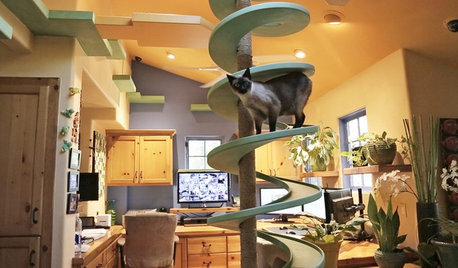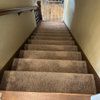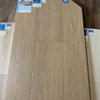How to feed overweight and underweight cats together
Michfan
12 years ago
Featured Answer
Sort by:Oldest
Comments (14)
Lily316
12 years agoharebelle
12 years agoRelated Professionals
Martinsville Architects & Building Designers · South Pasadena Architects & Building Designers · Vancouver Architects & Building Designers · Morton Grove Interior Designers & Decorators · Charleston Furniture & Accessories · Reno Furniture & Accessories · Woodbury Furniture & Accessories · Sunrise Manor Cabinets & Cabinetry · Dunedin Flooring Contractors · Lodi Flooring Contractors · Marlborough Flooring Contractors · Myrtle Beach Flooring Contractors · Pearland Flooring Contractors · Swansea Flooring Contractors · Sycamore Flooring Contractorslaurief_gw
12 years agoUser
12 years agosingleton165
12 years agolzrddr
12 years agobuyorsell888
12 years agoluvdogs
12 years agoJosephine Snoek
8 years ago3katz4me
8 years agoCara Joos
last yearStax
last yearAna William
last year
Related Stories

PETSIncredible Home Catwalks Make for Purr-fectly Happy Felines
Walkways and tunnels custom built to the tune of about $35,000 keep a homeowner’s 18 cats on cloud nine
Full Story
PETSPet-Proofing Your Home: A Room-by-Room Guide
Not all pet dangers are obvious. Keep furry friends safe and sound by handling all of these potential hazards
Full Story
LIFESlow Living 101: Tips for Turning Off the Chaos
It may feel as though you're too busy to slow down and enjoy life. But even little changes can have a big effect
Full Story








tracie.erin